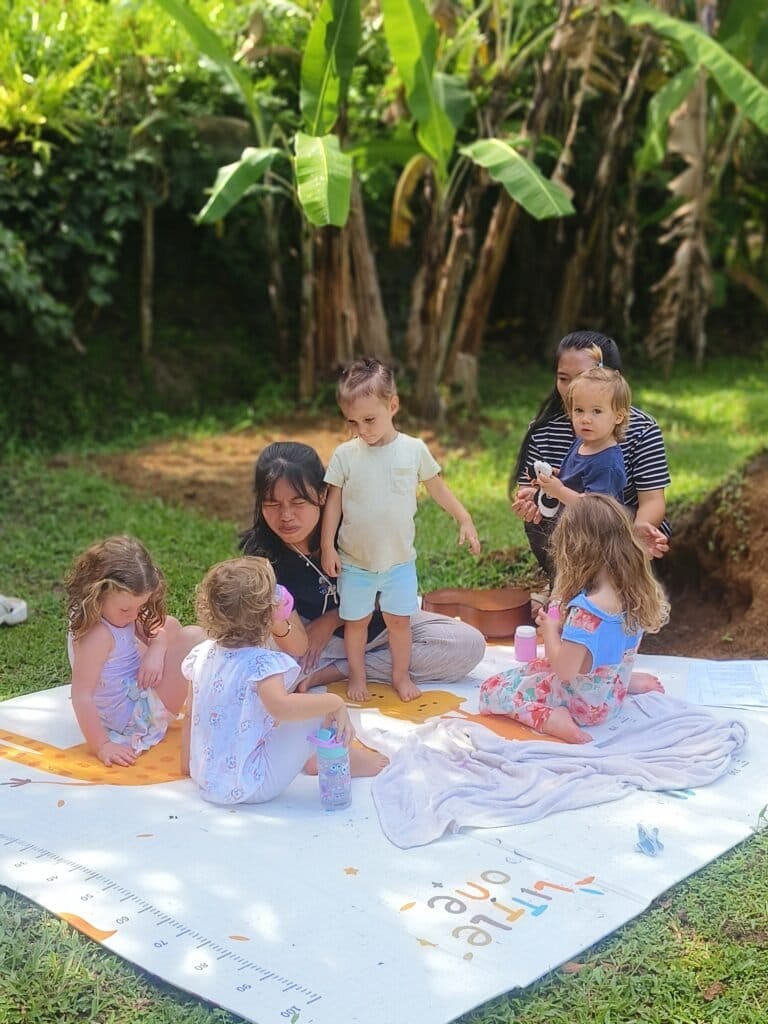Presentations are not merely academic exercises or assessment tools; they are critical platforms for nurturing and showcasing leadership skills. When students engage in presentations, they not only communicate information but also develop and demonstrate a host of leadership qualities including confidence, clarity, adaptability, and the ability to influence others. These skills, cultivated within the academic setting through regular presentation opportunities, have profound implications for long-term leadership development.
At the core of effective leadership is competent communication. Presentations require students to organize their thoughts, articulate ideas clearly, and convey messages in a compelling manner. This process enhances verbal and non-verbal communication skills, critical for leaders who must often persuade and inspire diverse audiences. Regular practice in this arena builds comfort with public speaking that translates into increased self-assurance in a variety of professional contexts.
Leadership frequently involves the ability to persuade and motivate others. Presentations provide a unique opportunity for students to practice these skills by arguing a point, presenting solutions to problems, or advocating for particular outcomes. Through persuasive presentations, students learn to employ logical arguments, emotional appeals, and compelling storytelling to influence their listeners—a practice that mirrors many real-world leadership scenarios.
Preparing for a presentation requires rigorous organization of information, which in turn fosters critical thinking. Students must not only gather relevant data but also analyze it, draw conclusions, and anticipate potential counterarguments. This process enhances their ability to tackle complex problems—a hallmark of effective leadership. Furthermore, the Q&A sessions that often follow presentations challenge students to think on their feet, a vital skill for leaders who must often respond to unexpected challenges or questions in real time.
Many presentations, particularly in educational settings, are collaborative efforts. These group projects require students to work together to divide tasks, integrate parts into a coherent whole, and present a unified message. Through these experiences, students develop key leadership traits such as delegation, cooperation, conflict resolution, and the ability to synthesize diverse perspectives into a cohesive strategy.
The feedback phase of presentations, both from peers and instructors, is invaluable for leadership development. Constructive criticism helps students reflect on their strengths and areas for improvement, fostering a mindset of continuous learning and self-improvement. Effective leaders not only accept feedback graciously but also actively seek it to enhance their performance.
The research underscores the effectiveness of presentations in developing leadership skills. A study by Hackman and Johnson (2009) suggests that communication competence, which includes skills honed through presentations, is one of the strongest predictors of leadership effectiveness. Additionally, a survey conducted by Zenger Folkman (2016) highlighted that inspiring and motivating others—a skill directly related to effective presentation ability—was one of the top behaviors associated with leadership effectiveness.
In the evolving landscape of education, a particularly inspiring transformation often observed is the journey of students from shyness to leadership. This transformation is frequently facilitated by environments that encourage participation, expression, and gradually increased responsibility. Such environments not only allow shy students to find their voice but also to grow into roles where they lead and influence others.
In Mr. Thompson’s classroom at Empathy School, such transformations are not uncommon. At the beginning of the school year, he noticed Maya, a student whose shyness seemed to create a barrier to participation. Maya would often look down during discussions and rarely volunteered her thoughts. Recognizing the potential beneath her reserved exterior, Mr. Thompson sought to gently nudge her from her comfort zone.
During a group project early in the term, Mr. Thompson assigned Maya the role of group scribe, noting her meticulous note-taking skills. This role required her to interact more actively with her peers but within a structured and manageable scope.
After the group sessions, Mr. Thompson approached Maya. “I’ve noticed how detailed and thorough your notes are, Maya. How do you feel about sharing some of these insights during our next class discussion?”
Maya hesitated, then nodded. “I might need some help at first,” she admitted.
“That’s perfectly fine,” Mr. Thompson reassured her. “Maybe you can start by sharing just one point from your notes tomorrow. We can go from there.”
True to her word, Maya shared a brief point in the next class. Although her voice was initially a whisper, over time, with continued encouragement and small, incremental challenges, her confidence grew. She began to offer more insights during discussions, and her peers started to recognize her contributions, asking for her opinions and noting her ideas.
Midway through the year, during a major classroom presentation, Maya took on the role of presenting a critical section of their project. With the entire class’s attention fixed upon her, she delivered a clear, insightful analysis. The applause at the end, led enthusiastically by Mr. Thompson, marked a significant milestone in her journey.
By the end of the school year, Maya was not just participating; she was leading. She had become a go-to person for organizing group activities and was often seen helping others shape their own contributions. Her transformation was not lost on her classmates or herself.
During a reflective session, Mr. Thompson asked the class to share their personal growth experiences over the year. Maya spoke up, her voice steady and confident, “I learned that even if you start with just a whisper, you have the potential to be heard. And sometimes, leading simply means taking the first step, however small it might seem.”


 Previous Post
Previous Post